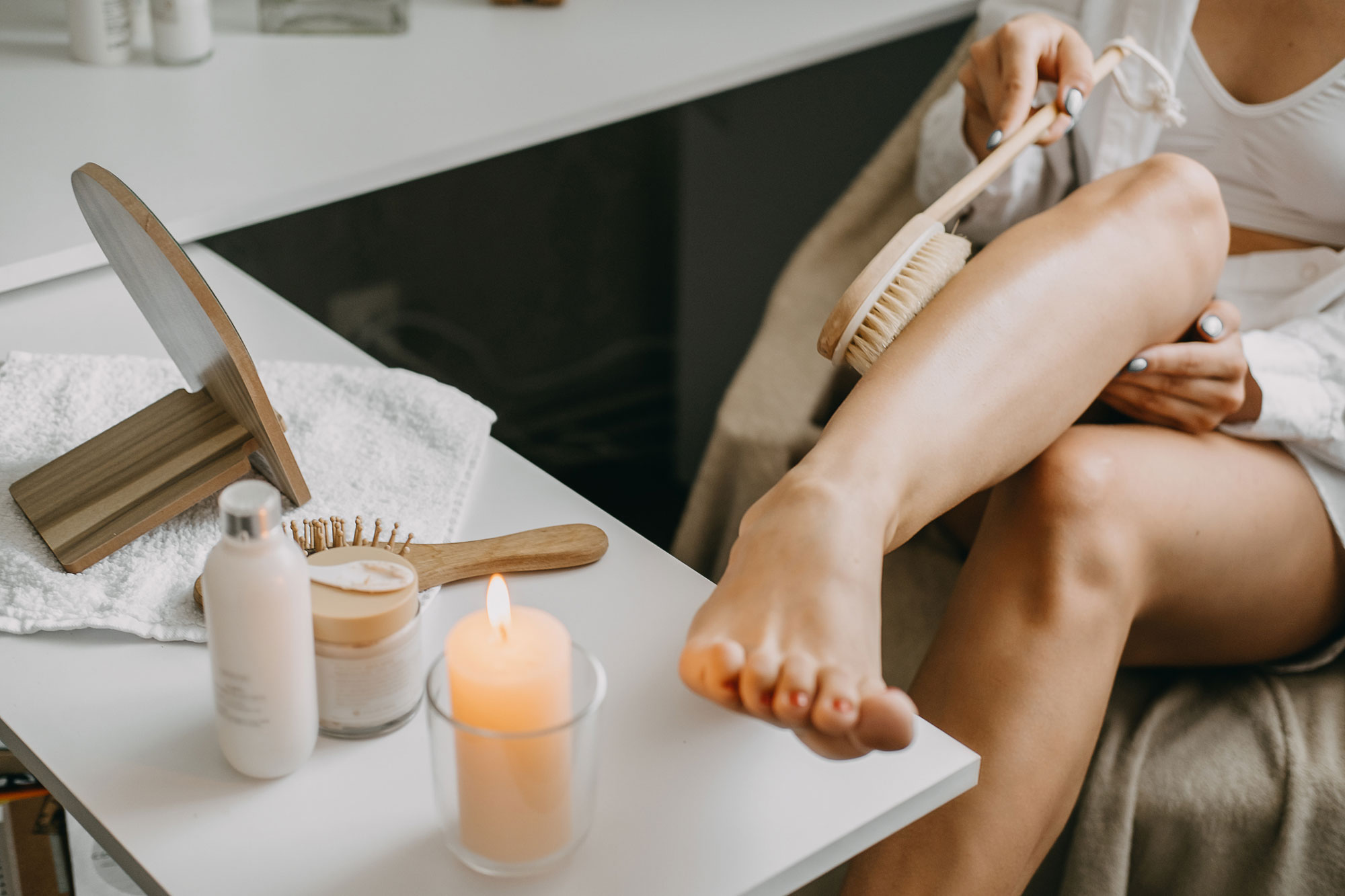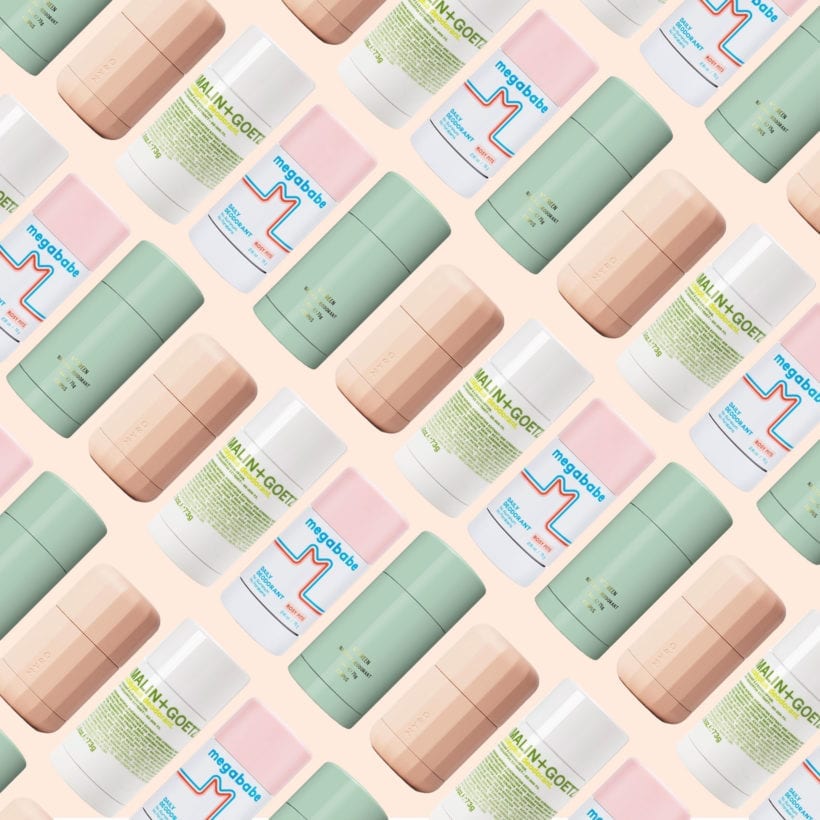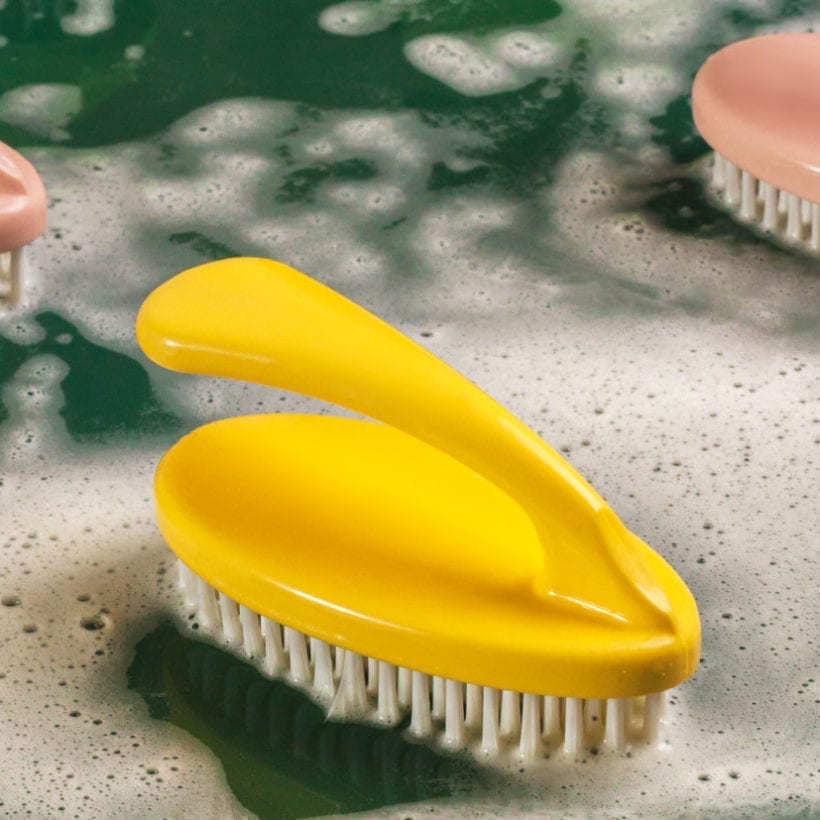As a beauty and wellness writer, I have spent years feeling fascinated by how integrated the two topics are. But, it wasn’t until a few years ago — when I first picked up Ayurveda by Sahara Rose Ketabi — that I realized just how far back the connection between wellness and beauty goes. Or, rather, how much of our beauty stems from taking good care of ourselves. Through this journey, I began to adopt Ayurvedic practices that have proven to be some of the most important things I do for self-care.
“Ayurveda is a form of natural medicine that originated in India,” says Varsha Khatri, a registered nutritionist and Ayurveda consultant. “In Sanskrit, Ayu means life and Veda means knowledge, therefore, in literal translation, it is the ‘knowledge of life,’” she adds. With this knowledge of life comes a whole world of practices that can improve well-being on a mental, physical, and emotional spectrum.
In Ayurveda, one of the key things to know about are the Doshas, which are the different body types. Ayurvedic Doshas include Vata, Pitta, and Kapha and, depending on a person’s Dosha types, different foods and products are used to help keep everything in balance.
Meet the Experts
Varsha Khatri, MA, SYT, MCMA, FNTP, is a registered nutritionist and Ayurveda consultant.
Ayurveda in Everyday Life
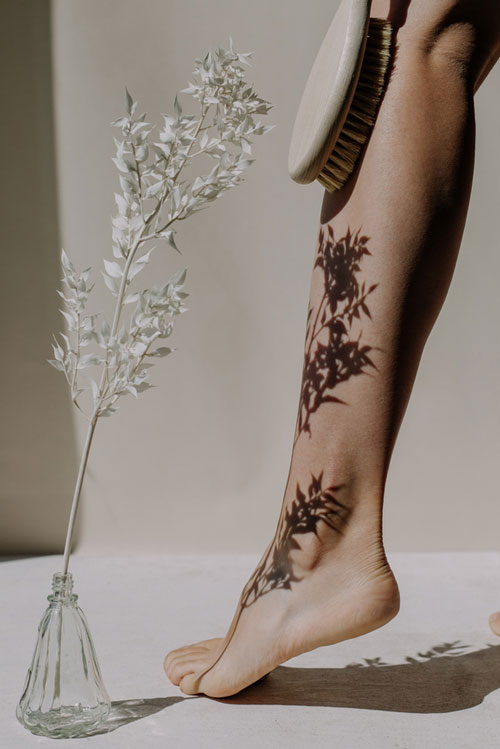
Ayurvedic practices are already all around us. And, even if you don’t intentionally practice Ayurveda, you might already be familiar with some of the traditions, techniques, and rituals. According to Khatri, waking up early is a big one that comes up in everyday life. “Ayurveda recommends waking before 6:00 a.m., which allows you to have more energy throughout the day since sleeping in too late will lead to you feeling lethargic,” she explains.
Another popular wellness practice that just so happens to stem from Ayurveda? Drinking hot water with lemon in the morning. “Ayurveda uses this as a form of detoxing and drinking warm water is encouraged to help keep the digestion strong [while] cleansing the digestive tract with lemon,” Khatri says.
Perhaps one of the biggest Ayurvedic practices in everyday life, though, is cooking with spices. In Ayurvedic practices, spices are believed to have therapeutic effects on the body. “For example, turmeric is known to be anti-inflammatory and ginger is great for helping with digestion,” says Khatri. “Spices are also now commonly used in herbal teas to achieve a particular benefit,” she adds.
3 Ayurvedic Practices for Well-Being
I first began researching and learning more about Ayurvedic practices five years ago, after discovering (and experiencing some of) the benefits of dry brushing on the skin. Through this ancient beauty ritual, I slowly started to give other Ayurvedic practices a try, including scraping my tongue after brushing and massaging my skin with oil.
1. Dry Brushing
“Dry brushing is when you take a brush and gently massage your skin with it, without applying anything to your body first,” says Khatri. This popular beauty trend actually stems from an ancient Ayurvedic practice that addresses more than dry skin. According to Khatri, it “helps with improving circulation and stimulates lymphatic drainage,” which is how your body detoxes and gets rid of excess waste. “Dry brushing can also help with reducing cellulite and prevents aging of the skin,” Khatri adds. By increasing circulation, dry brushing helps distribute nutrients to the skin, which can strengthen the skin and, therefore, reduce puckering of the skin and promote a healthy-looking glow.
As someone who lives in the desert-like climate of Los Angeles and has dry skin, regular dry brushing has helped keep dead skin cells at bay and helped my skin absorb more moisture from lotions and oils. But, that’s not the reason I stuck with this practice. When dry brushing regularly, I notice a significant change in my energy levels, which possibly has something to do with the circulation and lymphatic drainage I experience, since a more stagnant lymphatic system can cause fatigue. I try to dry brush daily, before getting into the shower. However, if I need a quick pick-me-up or am experiencing that afternoon slump, I will whip out my brush for a natural wake-up call.
2. Abhyanga Self-Massage
As I mentioned, my skin is super-dry and needs all of the nourishment it can get. A few years ago, I learned about an Ayurvedic spa called VEDA in Los Angeles and scheduled myself for a traditional treatment called Abhyanga. In Ayurveda, Abhyanga is a self oil massage that is practiced daily. “The benefits of Abhyanga include reducing stress and keeping the skin healthier and naturally moisturized,” says Khatri. “Those who massage their skin with oil often notice that their skin is softer and smoother as well as no longer having to use expensive oils,” she adds.
This practice calls for the use of an oil that complements a specific Dosha type. “If you are a Vata type and have dry and cooler skin, sesame oil is best,” says Khatri. “If your skin is generally quite warm to touch, then use coconut oil [which has a cooling effect],” she adds. “For a Kapha type with dry skin, use olive oil.” If you are a Kapha with really oily skin, Khatri says to not use any oil for the treatment.
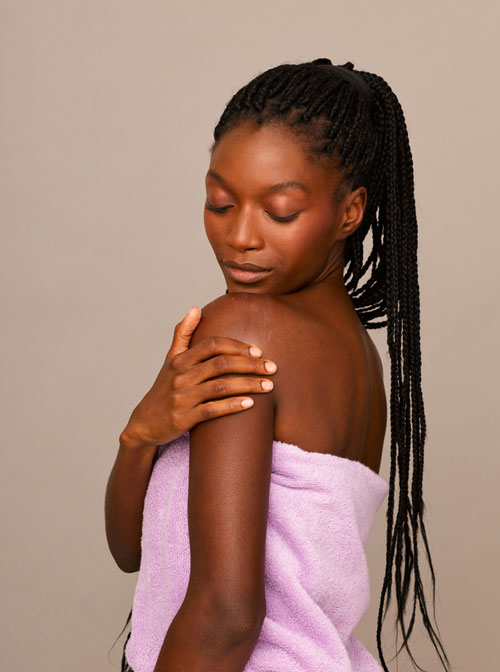
After my experience at the salon — which was a tranquil massage — I knew I needed to continue this practice at home. I followed this YouTube video, which goes over how to properly warm the oil, as well as some self-massage techniques. While I don’t always spend time practicing the self-massage techniques, I try to spend a few minutes per day, focusing on nourishing my skin with oil and massage. Doing so has resulted in more supple and well-moisturized skin, and has also served as an important de-stressor on days when I need it most.
3. Tongue Scraping
To be completely honest, I can’t remember when or why I started scraping my tongue, but it’s now something that I can’t live without. (I’m not joking — I have forgotten my tongue scraper while traveling and ran out late at night to buy a new one.) Tongue scraping is when you use a stainless steel tongue scraper to remove the coating on your tongue after brushing your teeth. As the name suggests, this practice uses a scraping technique, and it’s life-changing.
“Tongue-scraping helps to clear out the toxins or impurities, especially the ones that build up overnight while you sleep,” says Khatri. “In Ayurveda, it is recommended that you wake up first thing and, after using the toilet, you brush your teeth and scrape your tongue,” she adds. Once the tongue is cleaned, you can drink water and go about your day. “If you drink water before cleansing your mouth, you are essentially directing some of those impurities back into your body,” says Khatri.
For me, tongue-scraping isn’t just a practice that transformed my well-being — it’s a practice I can’t live without. It feels just as important as brushing my teeth, and I notice a significant difference in the rare cases when I don’t scrape my tongue after waking up and before going to bed. When I forget to scrape, my mouth not only feels less clean, but my breath also isn’t as fresh.
By adopting these Ayurvedic practices, I have not only improved some aspects of my wellness and beauty regimen but also have found little pockets of self-care time that allow me to relax and go inward, which has become a vital aspect of my mental well-being, too.
We only recommend products we have independently researched, tested, and loved. If you purchase a product found through our links, Sunday Edit may earn an affiliate commission.
